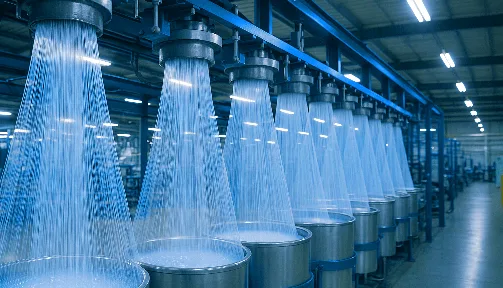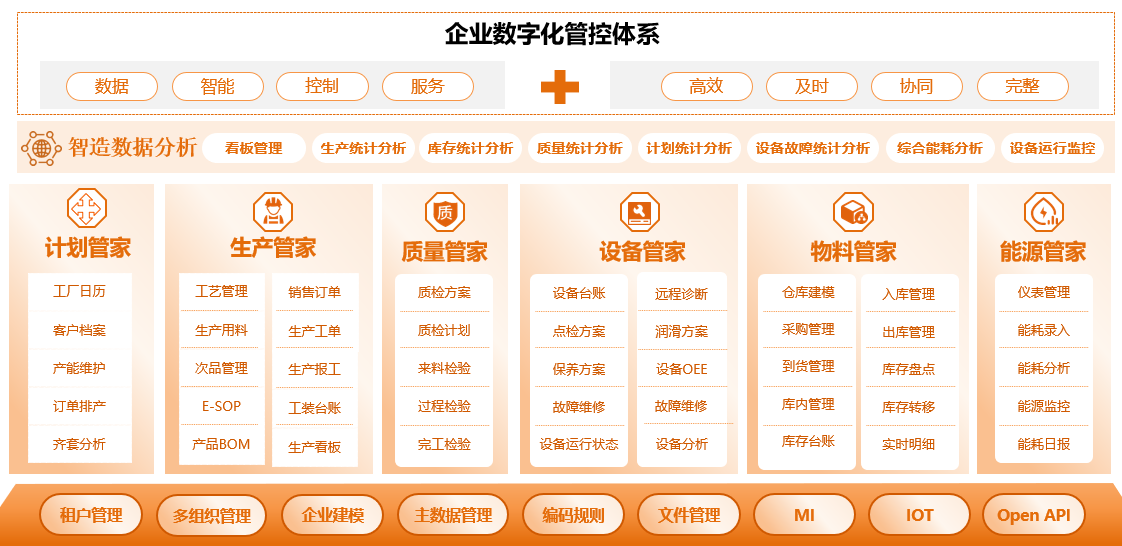1. High dependence on raw materials: The main raw materials (such as PTA, MEG, CPL, etc.) are sourced from the petrochemical industry. Their prices and supply are significantly influenced by international oil prices and the upstream petrochemical sector, and the cost transmission is obvious.
2. Capital and technology-intensive: The investment scale for production lines is large, the technical processes are complex. Continuous, large-scale, and automated production methods such as melt direct spinning are the mainstream, and the scale effect is significant.
3. Product Differentiation Competition: The competition among conventional fiber products (polyester) is highly homogeneous, resulting in low profits. The core of profitability lies in the research and production of functional and differentiated fibers (such as high-performance and environmentally friendly fibers).
4. High energy consumption and environmental pressure: The production process involves high energy consumption, and there is also the use and discharge of chemicals. It is subject to strict environmental regulations and pressure for energy conservation and emission reduction. Green production is the trend.
5. Strong cyclical nature: The industry's prosperity is closely linked to the demand from the downstream textile and clothing sector, the macroeconomic cycle, and fluctuations in raw material prices. Changes in the supply and demand situation lead to periodic fluctuations in profits.





